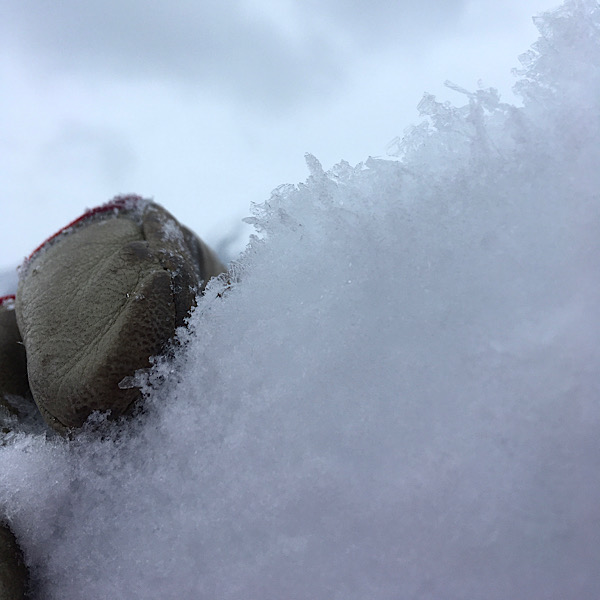Turnagain Pass
|
|
The avalanche danger is CONSIDERABLE today at all elevations. Relatively warm temperatures, steady 20mph winds gusting to 60mph, and 4″-8″ of new snow make it likely for a person to trigger a storm slab or wind slab. Additionally, it remains possible for a human to trigger a weak layer buried 3-6′ beneath a dense slab. If initiated, the resulting avalanche could be very large and have dangerous consequences. Cornices continue to develop and should be avoided. Choose routes with intention and use good travel protocol.
SUMMIT LAKE TO SEWARD REGION: The likelihood for triggering a large slab avalanche is higher due to a weaker snowpack and wind effect. Extra caution is advised.
Alaskans! Help us reach $20,000 in 2020 for Chugach Avy’s 20th anniversary next winter. Pick.Click.Give. some or all of your PFD to Friends of the Chugach National Forest Avalanche Info Center. Your donation pre-pays your annual membership AND guarantees good snow karma for winter 2020/21. Thanks, Friends! Pick.Click.Give. link: for Friends of the CNFAIC.


